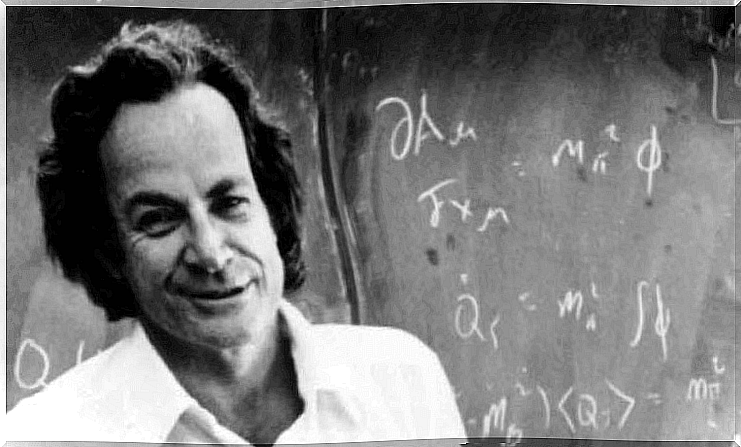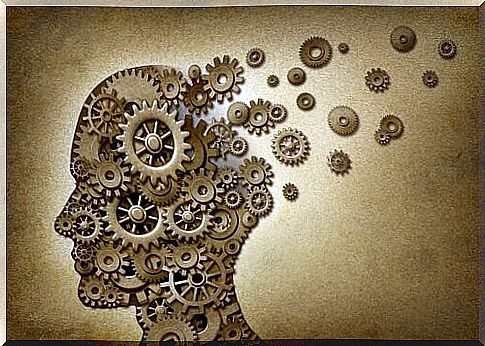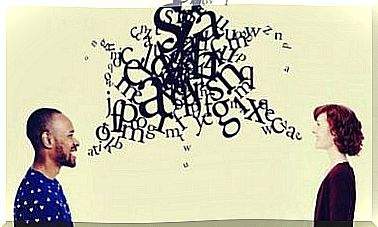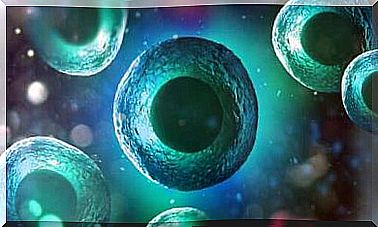Feynman’s Technique To Learn Faster

You may have felt that you were not moving forward when you were studying. Maybe you’ve ever wondered why your learning pace is so slow, or even despaired after several failed attempts to memorize the meaning of a concept. Withholding information in our minds is sometimes not that simple.
To help you on this point, we present the Feynman technique, a simple and effective strategy to acquire new knowledge in a faster and deeper way. Read on to find out what it is.
Who was Richard Feynman?
Richard Feynman was an American theoretical physicist. He is recognized for his work in the formulation of path integrals in quantum mechanics, the theory of quantum electrodynamics and the physics of the superfluidity of supercooled liquid helium, as well as the Parton model in particle physics.
For his contributions to the development of quantum electrodynamics, Feynman, along with Julian Schwinger and Sin-Itiro Tomonaga, received the Nobel Prize in Physics in 1965. In addition, according to a 1999 survey by the British journal Physics World , among 130 leading physicists around the world, Feynman was ranked among the ten greatest physicists of all time.

What does Feynman’s technique consist of?
Feynman’s technique was explained by his biographer James Gleick in the book Genius: The Life Science by Richard Feynman . By using this technique, anyone can gain new knowledge in an efficient way if they want to. It is also a powerful study tool to prepare for any exam.
James Gleick recounts how Feynman opened his new notebook and wrote on the cover “Notebook of Things I Don’t Know Yet”. Feynman was reorganizing his knowledge. This is because the physicist has always tried to get to the heart of each subject he studied. He actually wanted to write in this notebook all the explanations of the concepts that developed within the framework of his research.
Maybe we can think we could do the same with a friend. It would be about telling him what we have learned in order to memorize it and better understand it even as we explain it to him. However, we don’t always have such a helpful and patient friend. Therefore, Feynman developed a variant but equally effective technique: learning by explaining.

The basic idea of this technique is to actively read the study material and then try to explain it in a simple way, as if we are talking to a child or someone with less knowledge on the subject than we do. . Therefore, this form of learning is appreciated as an active methodology because in explaining the material we are studying we have to use another language and different strategies. This will make it much easier to recognize mistakes and learn more effectively.
The 4 steps of the Feynman technique
Feynman’s learning technique consists of 4 simple steps. Let’s see what they consist of:
First stage
To start, we need to take a piece of paper and write the name of the concept we are studying at the top. For example, if we are studying the Pythagorean Theorem, we should write it at the top of the page or paper.
Second step
Once the concept is written, we need to describe it in our own words, using plain language, as if we were explaining it to another person.
If we continue with the example of the Pythagorean theorem, we should write something like: “in a right triangle, the square of the hypotenuse is equal to the sum of the squares of the sides”.

Third step
The third step is to review everything we have written in order to identify the parts that are not fully explained, which are confusing, or which are not well written. For this we can go back to our notes or even search for new information on the topic. It is also helpful to use knowledge building examples.
Fourth step
The last step is to do a final review of what we have written. So, if we have used too complex a language, we can rewrite the text to make it simpler and more intelligible. For this we can use metaphors or analogies. The important thing is to make sure that the speech can be understood by any person.
If after following these four simple steps our explanation is still not understood, we may not have fully understood what we have studied. In such a case, the process should be restarted.











